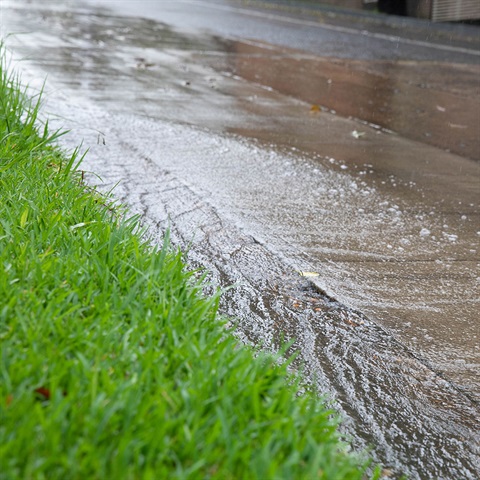Prepare for Heavy Rainfall and Floods

Flash flooding can occur when too much rain falls in a short period of time, and the ground is unable to absorb all the water.
It can happen within minutes of hours. Visit the SES website to read more about flash flooding.
Be prepared for heavy rainfall and possible floods by following these simple steps:
Before heavy rainfall - prepare your home
- Inspect your roof for any areas of concern such as missing shingles, tiles, or leaks. Make a note of these areas and have them rectified.
- Clear gutters and drains of debris and leaves.
- Securely shut all doors and windows in your home and check their seal. Rectify issues, if any.
- Prepare an emergency kit with essential items in case you lose power or need to leave home in an emergency.
- Prepare an emergency plan that outlines what you would do in an emergency.
- Check if your home insurance is up to date and adequate.
- Check the Bureau of Meteorology website regularly for weather warnings.
During heavy rainfall
- Remain inside and avoid unnecessary travel. Keep up to date with current SES warnings.
- Never drive, walk, or ride through floodwaters.
- For emergency help in flood, storm, and tsunami, call the SES on 132 500.
After heavy rainfall
- Survey the outside of your home to make sure there is no damage. If there is, engage qualified professionals to address the damage.
- If you don’t need help, check on and help your neighbours.
- In case of power failure, fallen powerlines, electrical problems, gas or water supply interruption, or emergencies —call your local supplier
- Visit the Ausgrid website to learn more about unplanned power outages.
- Visit the SES website to learn how to recover from a flood.
The NSW SES website also hosts more information on how to prepare, respond and recover from a flood.